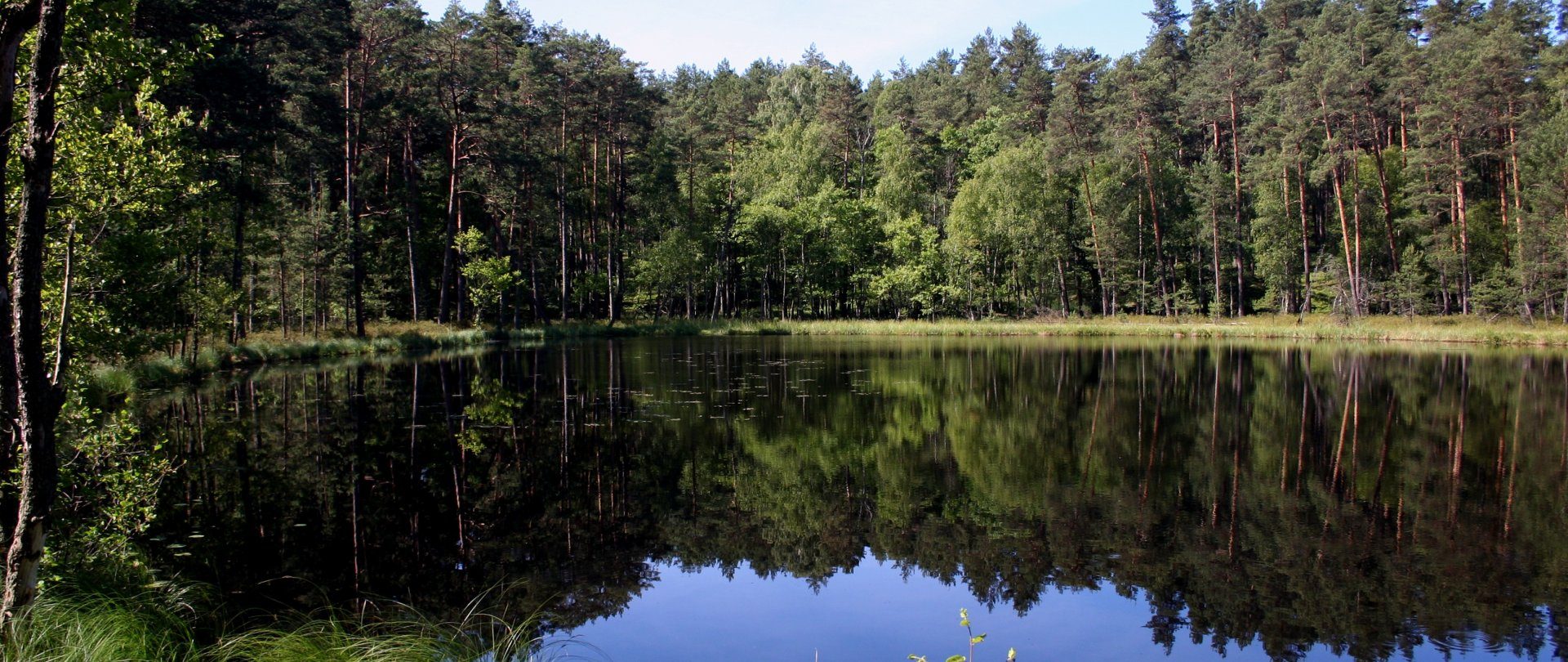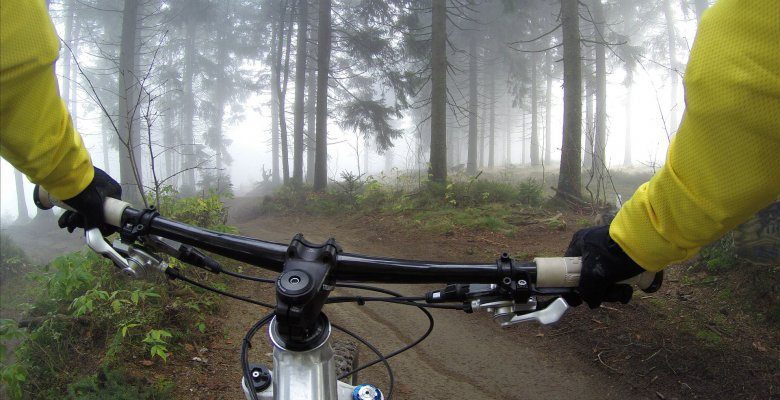Bory Tucholskie National Park is a unique place in Poland - you will find here clean lakes (including dystrophic and lobelia lakes), inland dunes as well as vast forest areas.
The Bory Tucholskie National Park was established in 1996. There are 21 unique lakes there, the deepest is Ostrowite Lake, but also the rare lobelia lakes (Wielkie Gacno, Małe Gacno, Nierybno and Głuche) deserve attention, one of the most popular tourist attractions is Struga Siedmiu Jezior, a peculiar "river" with a length of 14 km where lakes are connected in a sequence: Ostrowite, Zielone, Jeleń, Bełczak, Główka, Płęsno and Skrzynka-Mielnica.
In the Park you can find rare species of plants, such as sundew or clubmoss, as well as over 300 species of fungi (within the National Park you are must not collect them). There are also natural monuments: the 600-year old oak Bartuś by Lake Płęsno (608 cm in circumference), common pine on the road Bachorze-Małe - Swornegacie (397 cm in circumference).
There are hiking trails through the Park, with the most interesting being the red Kashubian Route named after Julian Rydzkowski (from Chojnice to Wiela), the picturesque blue one (Swornegacie-Swornegacie) or the yellow one (Swornegacie-Styporc), interesting bicycle routes, as well as educational paths.
More: http://www.pnbt.com.pl/
Geoportal of the the Bory Tucholskie National Park: http://gis.pnbt.com.pl/
Rules of behavior in the Bory Tucholskie National Park:
http://www.pnbt.com. com / zasady_zwiedzania_i_korzystania_z_pnbt-363






